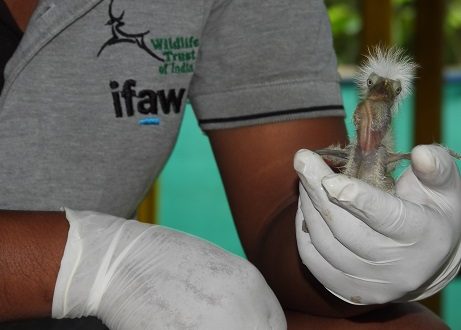On Wings of a Pandemic
19 July 2021, Udalguri, Assam: Are birds responsible for Covid-19? More than a year into the worst outbreak of a Corona virus, the lethal second wave had thrown life out of gear and provided fuel to some misinformed decision making.
Earlier last month, the Tangla Municipal Board in Assam issued an order to “chop down bamboo groves” to eradicate colonies of nesting and roosting cattle egrets, fearing their role in the spread of Covid-19. The order issued by the Executive Officer of the Municipality Board stated that “The wastes discharged by the egrets that have nests in the bamboo groves in your land might aggravate the Corona situation in the town…” leading to pressure on some private land owners to chop down a bamboo grove that led to the death of more than 250 birds on the spot.
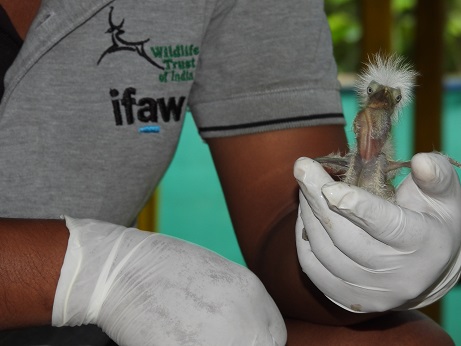
They left behind 100s of helpless survivors, mostly hatchlings and young chicks, most of who had not even opened their eyes to the world. The incident was publicized on social media from where local media picked up the story and it reached the Hon’ble Chief Minister’s office. Before more damage could be done, the intervention of Dr Uday Praveen, the Deputy Commissioner of Udalguri put a stop to the illogical killings and boxes full of chicks, fledglings and nestlings arrived at the Centre for Wildlife Rehabilitation and Conservation (CWRC), Kaziranga on 26 June 2021.
CWRC run by WTI and IFAW with the Assam Forest Department took in 92 survivors under its wing, but the veterinarian Dr Samshul Ali pronounced a grave prognosis for more than 50 chicks that were in a state of shock at the time of admission.
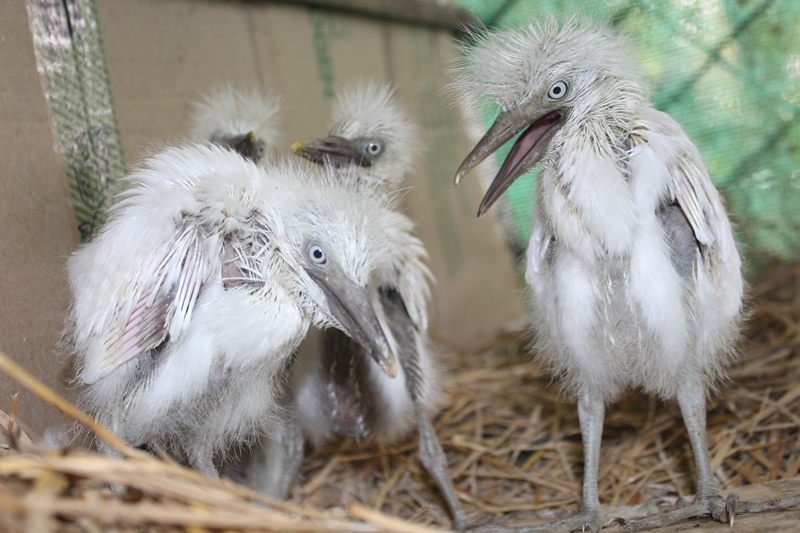
The vet and keepers constantly monitored their growth rate and foraging behavior. Many of the smaller hatchlings were being taken care of in avian brooders, albeit with low chances of survival. “All the birds had been segregated on admission, depending on their approximate age, size and weight. The ones with serious prognosis were rehydrated immediately and the others were either actively or passively fed, depending on their condition”, said Dr Samshul Ali, WTI’s veterinarian. “The ones that would have belonged to one nest were kept together for both comfort and ease of care. Overall, it is about constant monitoring of the birds leading to extremely busy days and nights at CWRC currently,” he added.
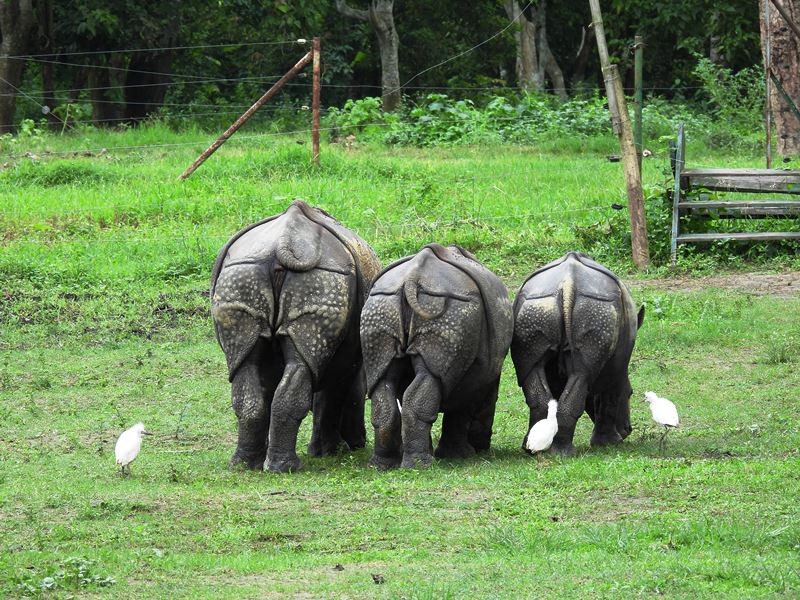
Till date, the CWRC team has been able to release 15 birds while having lost 64 since admission. The causes of deaths were traumatic injury, pneumonia and stress. The team is working hard to ensure that the remaining birds too can go back to the wild as soon as possible. WTI has repurposed the smaller mammal nurseries and reptile enclosure to house the inmates but a lot of it rests on the fighting spirit of these young birds.
Circling back to the order felling of the grove that held their nests, there is no co-relation between roosting and nesting birds and the spread of Covid-19. To understand how forests, wildlife and zoonotic diseases are connected, read this article by our Chief Veterinarian Dr NVK Ashraf.
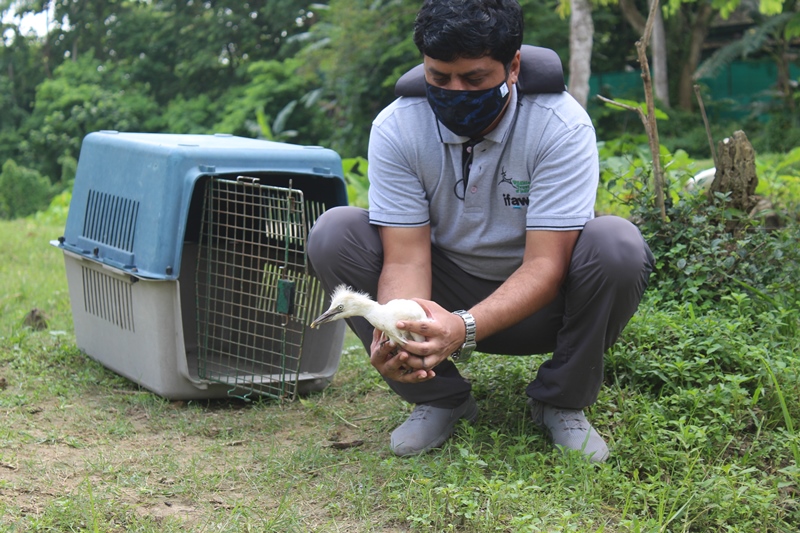
Even in times of the raging pandemic, WTI’s teams have been working across landscapes, in partnership with governments and communities to provide the necessary interventions to wildlife in distress. To support our work that keeps wildlife forever wild, donate here.

